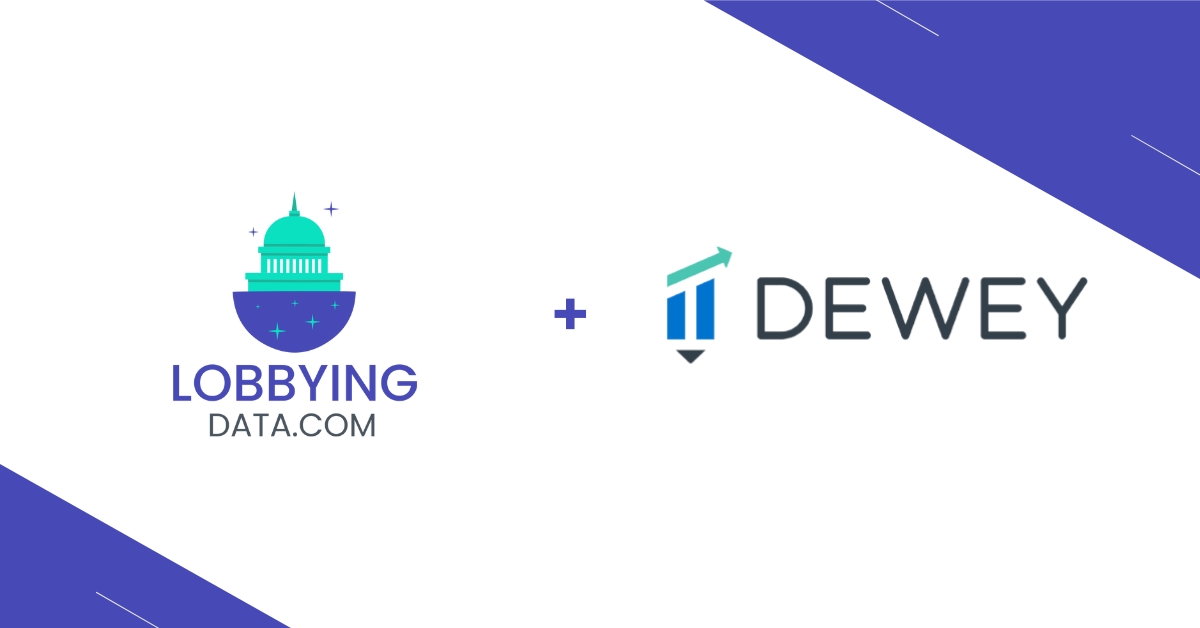A Comprehensive Overview of Lobbying
Lobbying is a vital part of the democratic process. It provides an opportunity for individuals and organizations to express their opinions and concerns to decision-makers. Lobbying aims to influence the policies of the government and public officials by advocating for specific interests or causes. The practice of lobbying can take many forms, and the types of lobbying can differ depending on the target audience, the methods used, and the desired outcomes.
Understanding the Different Types of Lobbying
-
Direct Lobbying:
Direct lobbying involves communicating directly with government officials or lawmakers to influence their decisions on specific policies. This communication can take various forms, such as in-person meetings, emails, phone calls, or letters. Direct lobbying aims to educate policymakers on the potential impacts of a particular policy on the interests of the lobbyist and their constituents.
-
Grassroots Lobbying:
Grassroots lobbying refers to the efforts of individuals or groups to mobilize public support for a particular policy or cause. This type of lobbying typically involves encouraging members of the public to contact their elected representatives to express their views on a particular issue. Grassroots lobbying can include activities such as organizing rallies, protests, or letter-writing campaigns.
-
Coalition Lobbying:
Coalition lobbying involves a group of individuals or organizations working together to promote a shared policy agenda. This type of lobbying is common among non-profit organizations, advocacy groups, and other interest-based groups. Coalition lobbying aims to increase the strength and influence of each member by pooling their resources and working together to achieve their shared goals.
Conclusion
Lobbying is an essential aspect of democracy, and it can take many forms depending on the desired outcomes and the target audience. Understanding the different types of lobbying is crucial in navigating the complex political landscape and advocating for specific interests or causes. By knowing the various types of lobbying, individuals and organizations can effectively communicate their concerns to policymakers and influence the policies that impact their lives.








